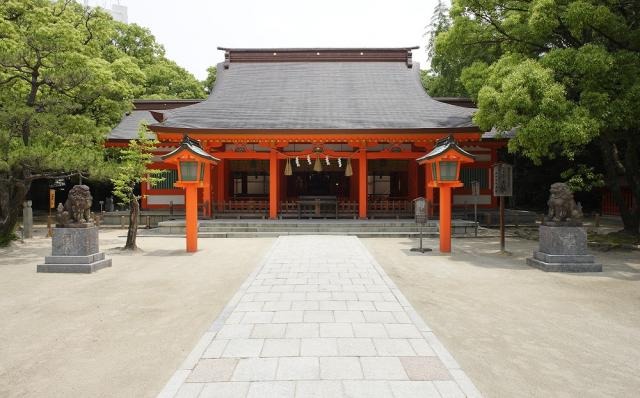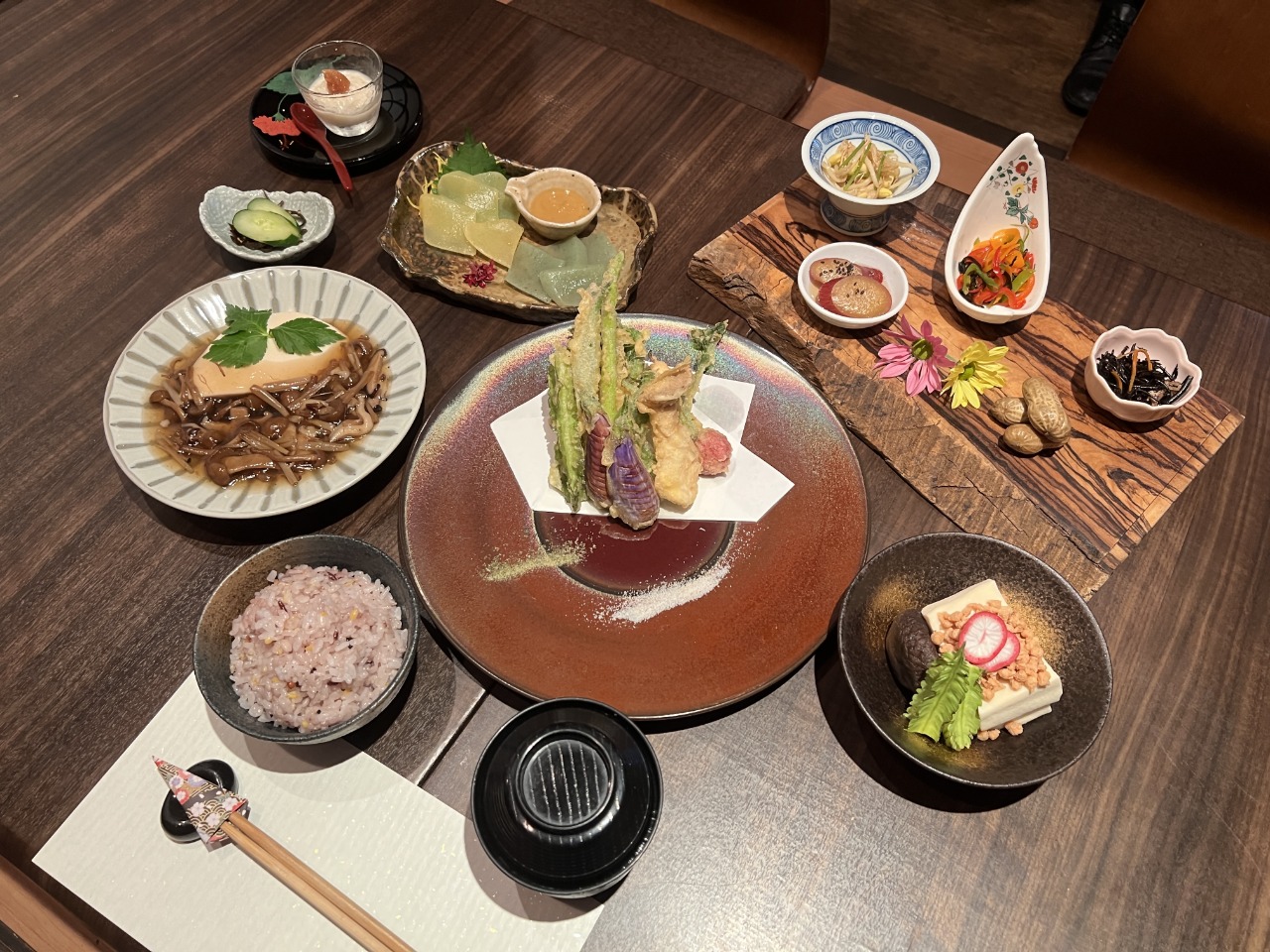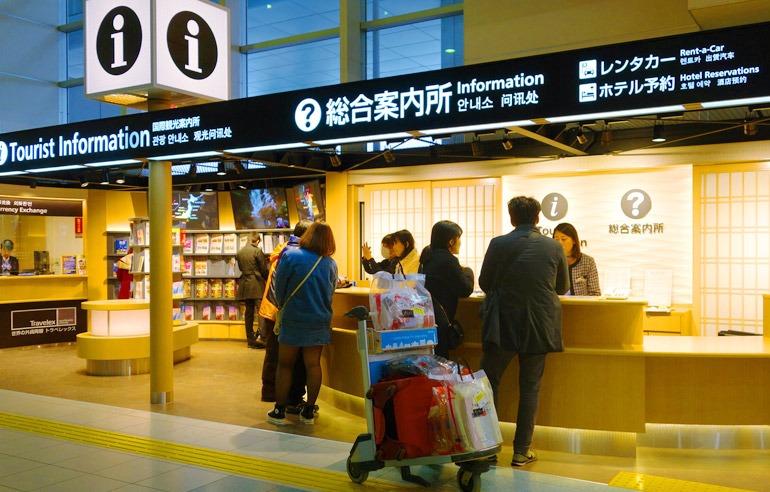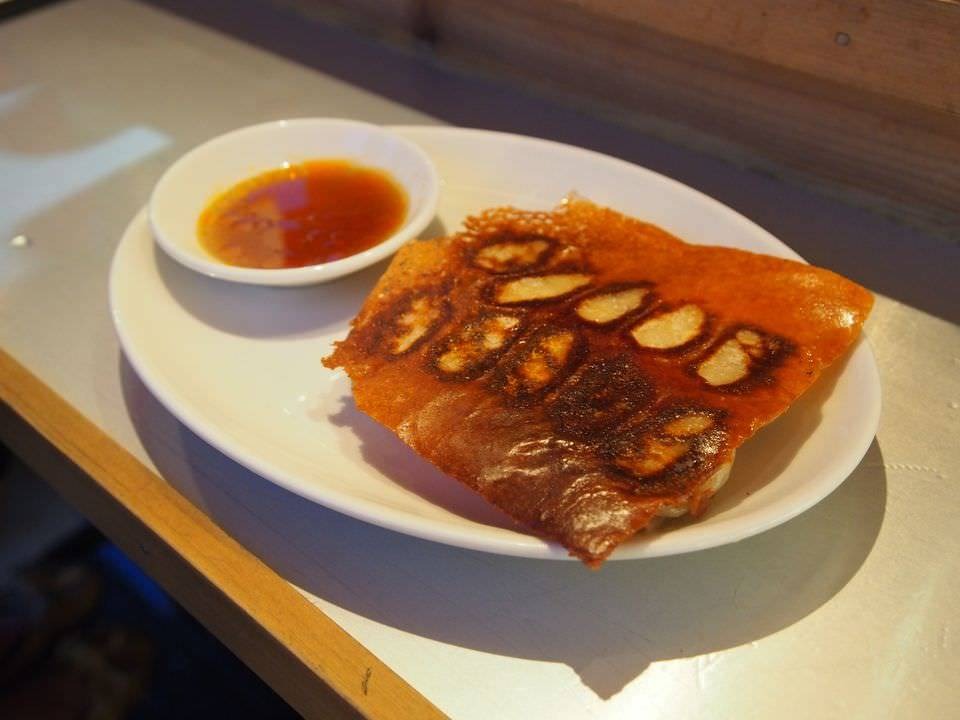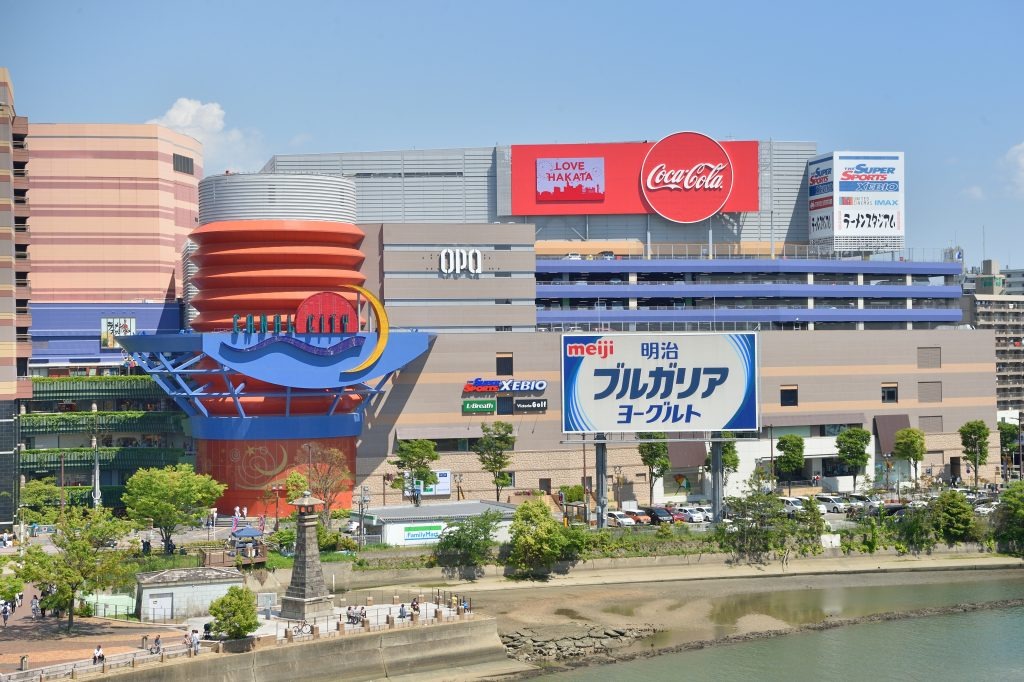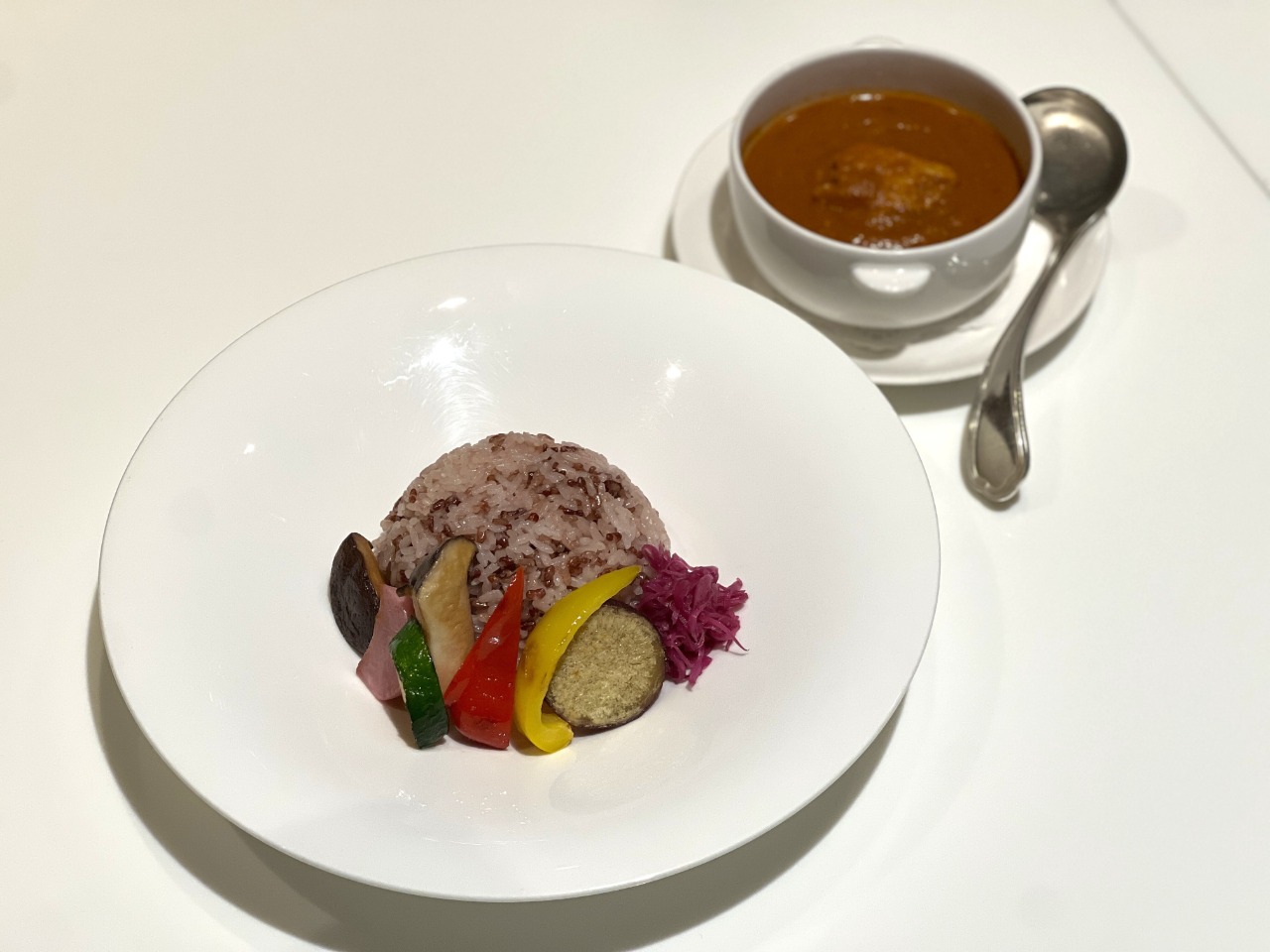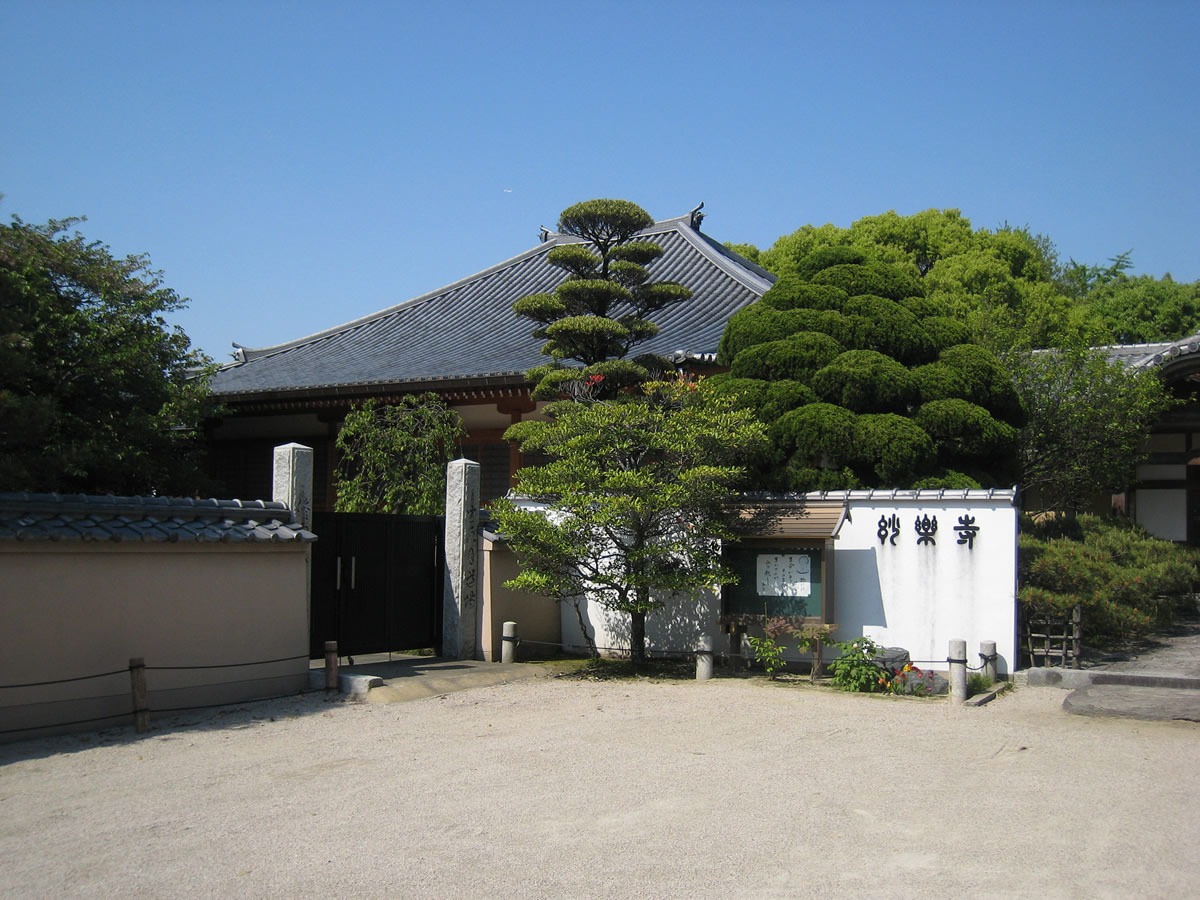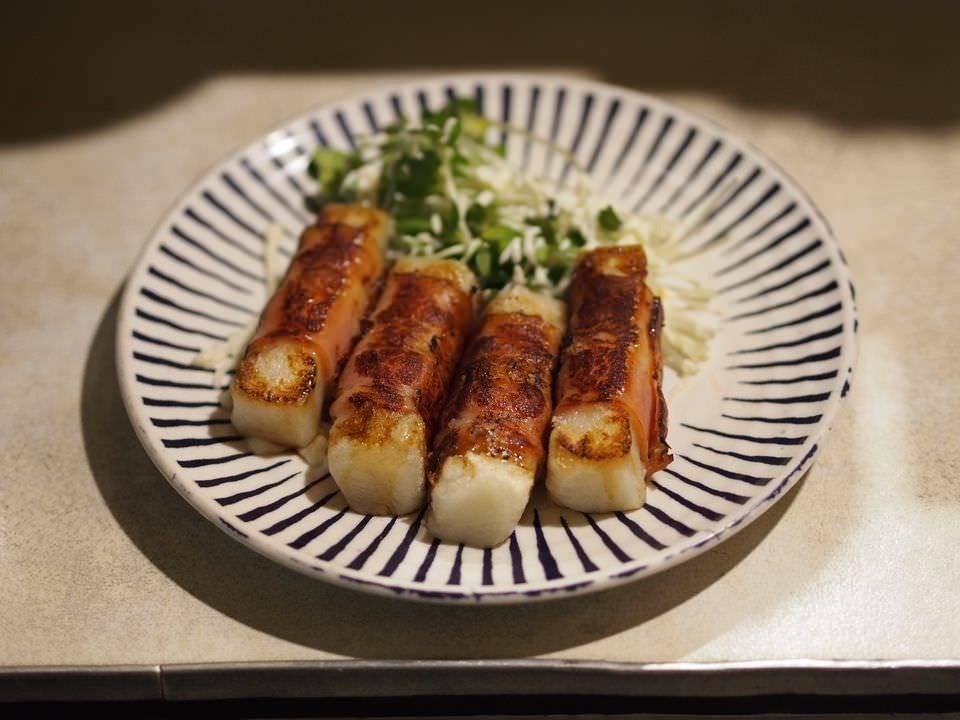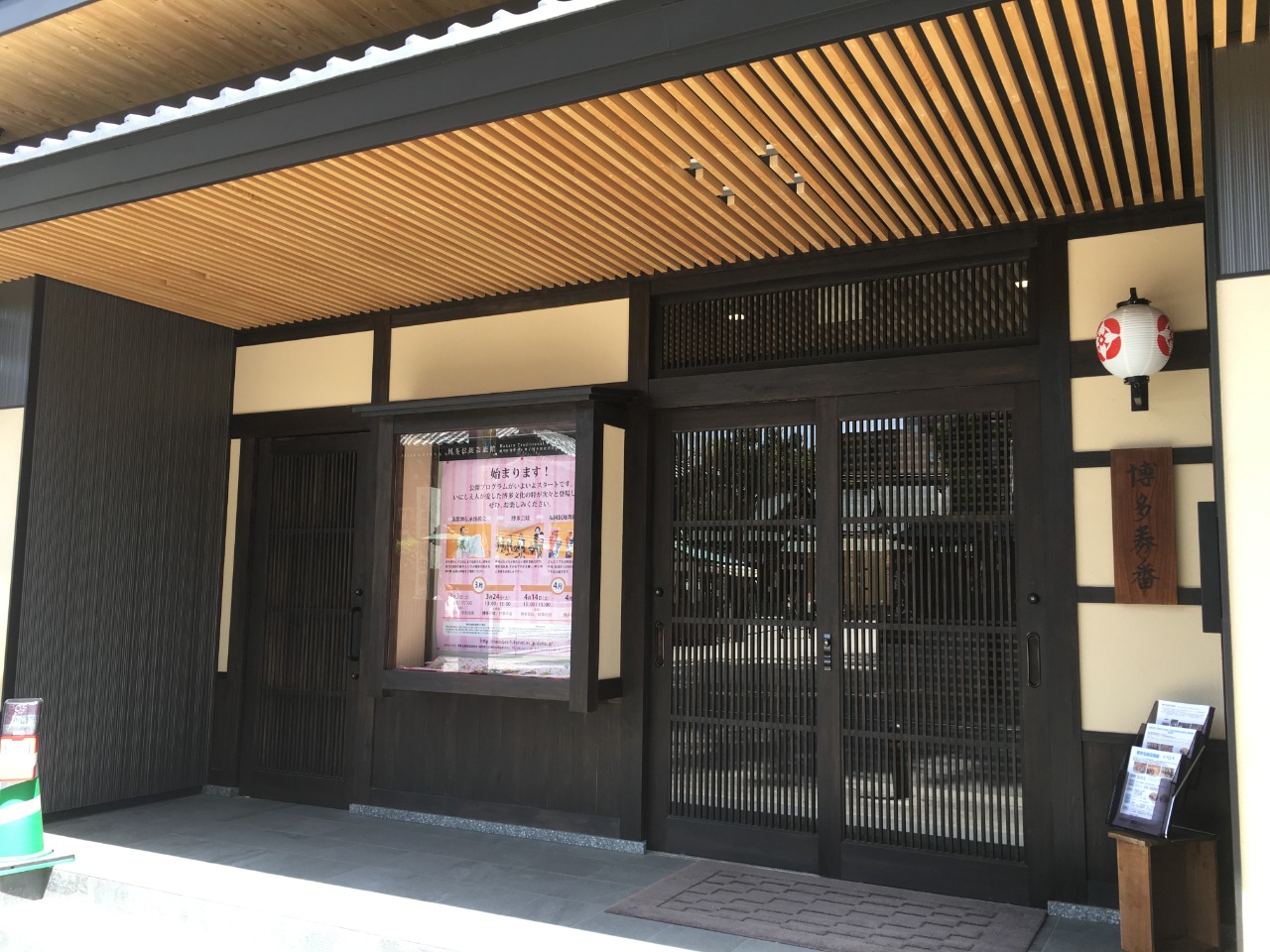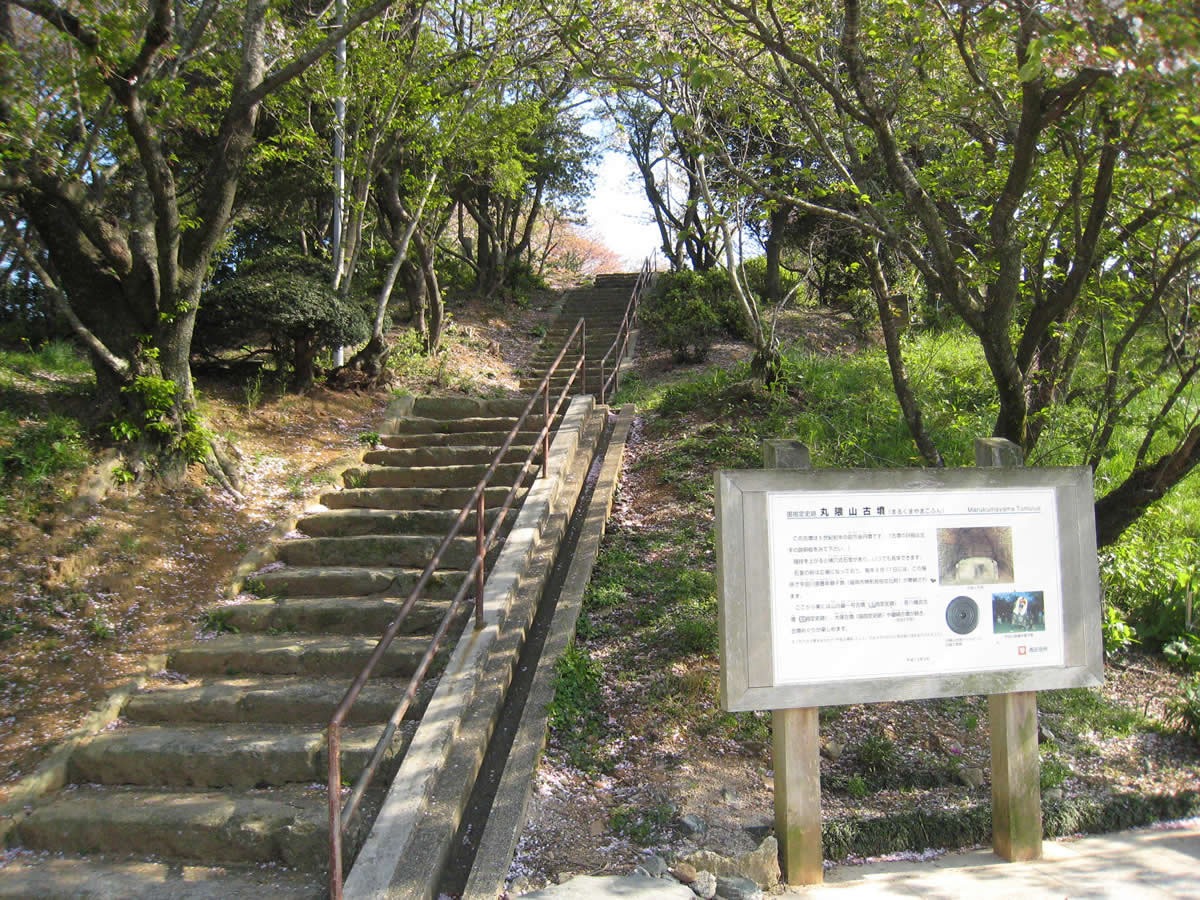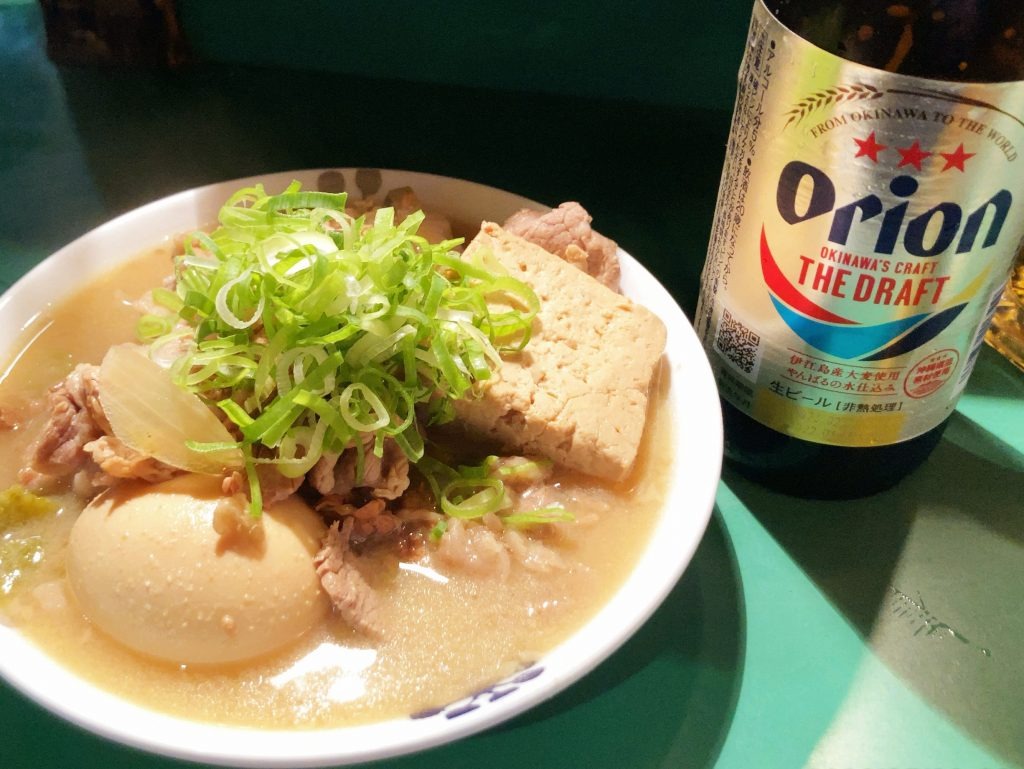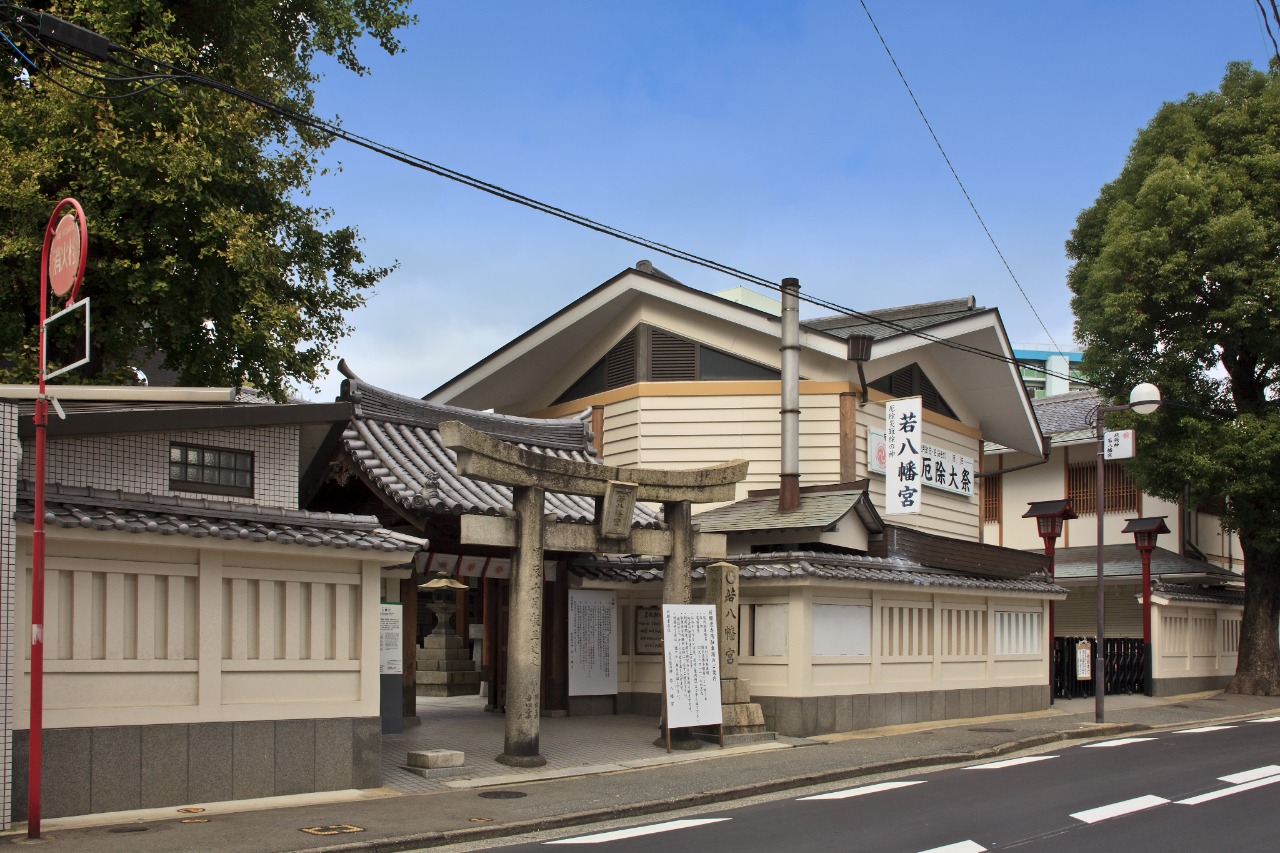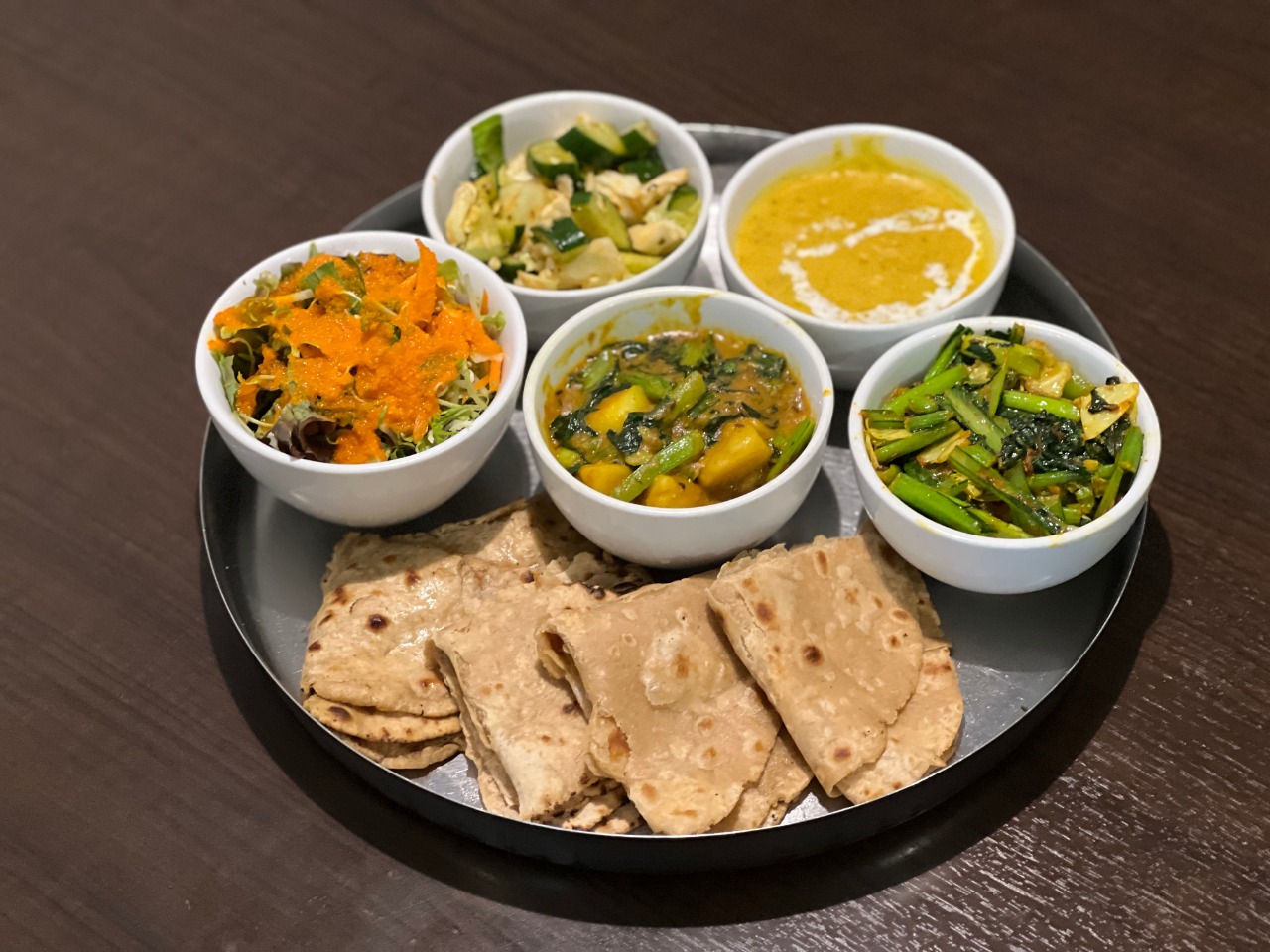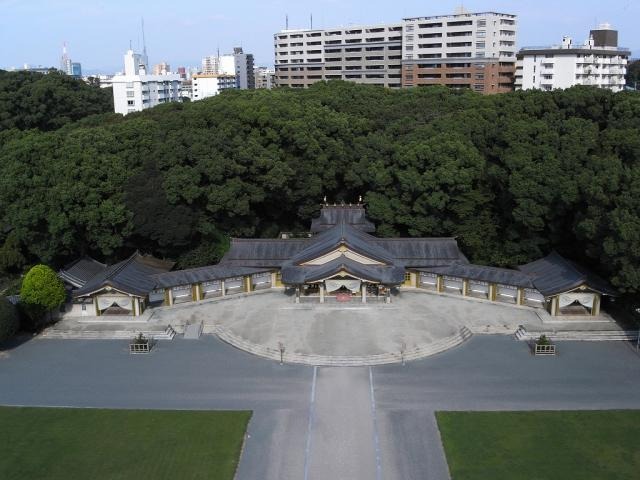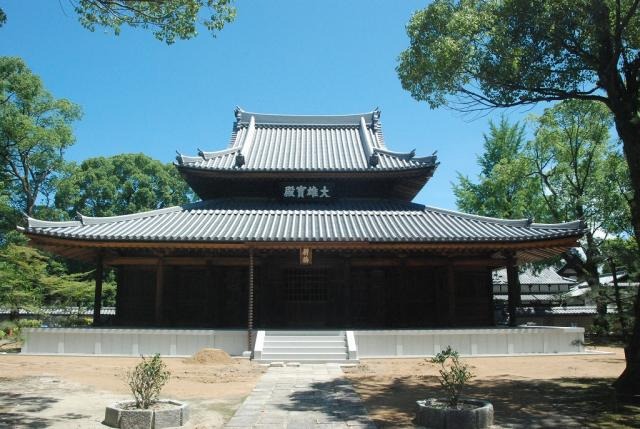
Full View of Temple 1
Hakata Area | History & Culture Shofukuji
Rinzai sect of Zen Buddhism and its Sango (temple’s title) is Ankokuzan. The shrine was constructed by priest Eisai, and its first chief priest was Minamoto no Yoritomo. The ground was originally Hyakudo hall owned by Sohito who lived in Hakata. The words “扶桑最初禅窟(The First Zen Temple)” on the frame tablet hung at the entrance of the temple was handwritten by emperor Gotoba. The temple owns variously national designated cultural properties such as the statue of 6th Patriarch Daikan Zenji, and the precincts of the temple is designated as a national historic site for its distinctive arrangement of buildings for a typical Buddhist temple. Zen monk Senga Osho was a unique person of Bunka and Bunsei era of Japan and he is famous for his writings and drawings with a message of salvation. In the Buddha hall is “Sanzebutsu (Buddha in the three worlds: past, present, and future)” which is a work of monk Eshin Sozu. The three Buddhas, Shaka, Amida, and Miroku, quietly sits on the elevated alter, presenting a calm and peaceful atmosphere secluded from the everyday world.
Sanmon Gate
The current gate of Shofukuji was built by Shozaburo Iwasaki, the founder of a construction company in 1911. With 3 frontal spaces, and two side spaces, it has a layered hip-and-gable roof with formal tiles and its ground slightly leveled. There is an opening in the front end and back end, and on the center of the entrance gate is the framed tablet “扶桑最初禅窟(The First Zen Temple)” handwritten by emperor Gotoba. On the second floor is a statue of Jyuroku-Rakanzo (16 Arhats) by Choun Hamasaki, a wooden statue of Thousand-armed Kannon by Buddhist image sculptor Matashiro Takada, and a dragon painting on the ceiling is a work of Keisen Tomita. With perfect balance in every respect, the Sanmon stands proudly as a good example of a typical Zen temple.
Hakata-bei Walls
During Toyotomi Hideyoshi’s reign of Kyushu, Hakata fell into a state of despair from battles between clans Mori, Otomo, and Shimazu. “Hakata-bei” walls were a mud wall created by mixing rocks and roof tiles that was left scattered on the battlefield. Although you cannot see the patterns due to its coating from the outside, you can see its bare surface from the precincts of the temple. Maintaining its stereotypical Zen style of design, it harmoniously fits the surrounding natural environment, as if entailing its long history silently. Shofukuji is one of the few locations where Hakata-bei is preserved. Because of its rarity, it is considered as a valuable property.



